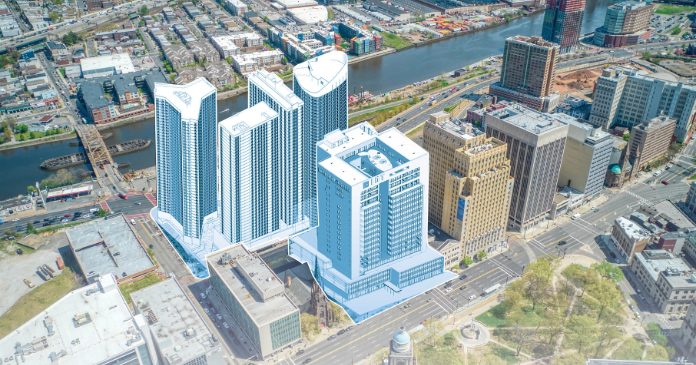Yardi Matrix released an update to its most recent multifamily rent forecast. The special report reveals that when it comes to rent growth and supply, the multifamily sector is a tale of two markets—those with stagnant asking rent growth and those with positive growth. Heavy supply weighs down asking rents in pandemic boomtowns while many midsize markets are still experiencing strong growth.

Of the 134 cities reviewed by Yardi Matrix, those that recorded substantial growth during the pandemic and are now seeing high volumes of new supply are posting stagnant or falling rents. Nine of 20 markets that saw rents fall since the beginning of the year are in Florida or Texas. Other markets experiencing lower average asking rents than a few months ago are Atlanta, Raleigh-Durham and Salt Lake City, said the report.
Yardi expects rents will rebound in markets where rents have fallen behind the national average once the newly delivered units are absorbed.
Conversely, secondary markets in the Midwest, Northeast and South that are unburdened by heavy supply are still seeing strong growth in asking rents. These include Albany, Milwaukee, Worcester-Springfield, Louisville Cincinnati, Des Moines, Richmond, Madison, Portland, Maine, Lafayette, Ohio, Youngstown, Providence, Northern Virginia and Scranton-Wilkes-Barre, all of which have logged more than two percent growth so far this year. Honolulu is the only outlying secondary market experiencing rent growth, posting an impressive 5.7 percent year to date, said the report.
The split in the apartment market mirrors that of the economy, said Yardi, as many consumers struggle to make ends meet. Besides the booming healthcare industry, there are still plenty of jobs and rising wages in the skilled and manual labor sector, while knowledge-based workers are having a tough time finding work and getting pay raises, a reversal of the trend during the pandemic
According to Yardi, April’s Bureau of Labor Statistics jobs report that came in significantly lower than expected helped allay a bleak economic forecast that the economy might be headed into a 1970s-style stagflation period.
While Yardi analysts see less chance the Federal Reserve will lower rates in the near term, they also see less chance the Fed will raise rates again before lowering them. Even so, Yardi remains optimistic the Fed will lower rates sometimes this year, despite Federal Reserve Chair Jerome H. Powell’s stated intention not to do so until inflation returns to the two to three percent range.
Yardi foresees a minor economic recession in the economy happening later than expected. Those already struggling with rising prices, less jobs and stagnant wages will be weighted even more with higher credit card balances, auto delinquencies and more wide-spread use of short term financing, predicts Yardi.
Yardi’s special report is available here













